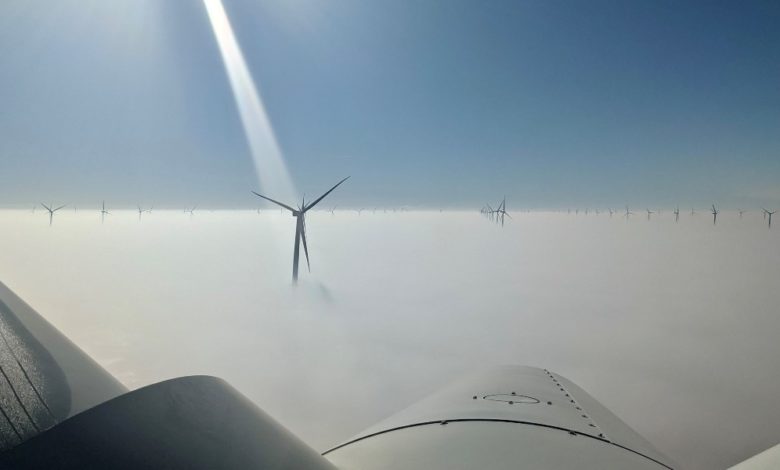Ørsted invests in birdlife tracking AI startup

Ørsted has teamed up with the Norwegian deeptech start-up Spoor, which has built a specially designed artificial intelligence (AI) system to monitor and track birdlife at offshore wind farms. In addition, the Danish offshore wind developer has joined venture capital firms Nysn Climate Investments, Wiski Capital, Norrsken Foundation, and Antler in a seed funding round for Spoor.
Through a partnership with Spoor, Ørsted said it plans to test and commercialise a new technology to collect more and better birdlife data at its wind farms, a move that would ultimately support its ambition to deliver net-positive biodiversity impact for all new projects from 2030.
The offshore wind industry currently uses precautionary models to estimate possible collisions at wind farms when designing them. Several recent studies, including ones supported by Ørsted, suggest that actual collisions are significantly fewer than currently modelled.
“The Spoor system can increase our confidence in those predictions, thus increasing our knowledge base and helping us build robust statistical evidence in this field,” Ørsted said, adding that data from systems like Spoor’s will help the offshore renewables industry refine wind farm project design while improving efficiency.
Ørsted explained that the unique benefit of Spoor’s system – in comparison to available alternatives like the combination of high-specification cameras, radars, and human observers – is that the company’s AI technology has been developed to accurately identify and track birds specifically. The Spoor system has no blind spots and is significantly more cost-effective than the alternatives.
The developer is investigating opportunities to test and demonstrate the technology at several locations as part of its global fleet of offshore wind farms and will kick-start this partnership in 2022.
“Once the technology is tested and commercialised, Ørsted and the broader offshore wind industry will have access to significantly more reliable camera arrays than was previously possible, providing better results. In turn, this will enable Ørsted to install many more cameras across a wind farm and get much greater spatial and temporal data coverage to ensure a much better understanding of bird behaviour,” the company said in a release.
